“Change” is a good word because it doesn’t always mean hotter and it doesn’t always mean dryer, but it can mean those things. Research shows that climate change is going to have idiosyncratic effects on pollinators. It’s going to change some situations for some bees but not others.
Editor's Note: Join us for the next Western Cuyahoga Audubon Speaker Series 2016-2017 presentation, "Bumblebees of Ohio and the Great Lakes" with Dr. Randy Mitchell, Glenny Professor of Biology, The University of Akron and Director, University of Akron Field Station. The presentation is Tuesday, February 7, 2017 at 7:30 p.m. at the Rocky River Nature Center, 24000 Valley Pkwy, North Olmsted, OH 44070. Announcement
Introduction
Tom Romito: Hi viewing audience, I’m Tom Romito, Board member for Western Cuyahoga Audubon Society and I’m sitting here with Randy Mitchell who is the Director of the Field Station at Bath Nature Preserve. We’re at Bath Nature Preserve which is Summit County just south of Cuyahoga County and Randy, it’s a pleasure for me to talk to you about the subject you’re going to talk about to the Audubon Society in February. What I’m mainly interested right now in your role here at the Nature Preserve. Can you talk a little bit about this? About Bath Nature Preserve Dr. Randy Mitchell: We have a cooperative agreement between the University of Akron and Bath Township to work here at the Bath Nature Preserve which they have preserved from what used to be the old Firestone estate. They put a levy on themselves to preserve this area because it has some really interesting and useful habitat. Birders have found this to be a really interesting place. We get good populations of Bobolinks, and a fair number of the grassland birds; the Henslow’s, the Grasshopper Sparrow, a Shrike likes to be around here, we’ve got a pair of Eagles that have moved in in the last few years, so it’s a good birding habitat. Our work with Bath Township is to help them understand what they have and how to manage it. In return, we get to come out here and take students, who, often times have not been out in an actual “wild-ish” areas like this. So it’s a great opportunity for us.
Explore more photos at Western Cuyahoga Audubon on Flickr. Visit the album, "Speaker Series February 2017".
University of Akron-Bath Nature Preserve Field Station Mission
[00:01:43] Tom Romito: Could you tell me what is the mission of the Field Station? Dr. Randy Mitchell: It’s to preserve the land and to help more people know about it and to learn more about it. Research Areas [00:01:55] Tom Romito: What specific studies do you do? Dr. Randy Mitchell: I mostly do work with pollinators and their conservation and biology. I’ve also found, since the University has come into possession of some wetland properties, I’ve started to teach myself about wetland ecology, I’m a bit of a novice on that. Tom Romito: Let’s talk a little more about plant pollinator conservation. Can you give me an overview about that body of knowledge? Dr. Randy Mitchell: Yes. Pollinators are really important because without them plants couldn’t reproduce themselves and then we’d all be at a loss since everybody is really eating plants or eating something that has eaten a plant. I’ve been trying to understand how the pollinators affect the plants and how the plants affect the pollinators. We do that using all kinds of techniques from binoculars and muddy boots to DNA and lab work and fluorescent microscopy and things like that. We try to understand as much as we can about what the plants are gaining from it and what they’re providing to the pollinators and what the pollinators are providing to the plants and how that all averages out. It’s not always a mutualistic relationship, there are “cheating” insects. Some insects will not pollinate but they’ll still take the food. Carpenter bees are a great example: they’ll sneak down and cut holes in the flower.
Explore more photos at Western Cuyahoga Audubon on Flickr. Visit the album, "Speaker Series February 2017".
Pollinator Conservation Research
[00:03:22] Tom Romito: Can you tell us how you made that narrow focus from your overall interest in pollinator conservation? Dr. Randy Mitchell: Bumblebees are the best bees there are! I love them! They’re really cool and they’re big and fuzzy and they’re easy to watch. They’re big enough that you can follow them and see what they’re doing. A lot of very important bees are as big as a word on a sentence on a printed page, they’re small and once they leave the flower you don’t know where they’ve gone. But if I want to know how the bees are moving and causing the plants to mate with one another, I need to be able to follow them. So there is a sort of practical reason that I like to study them. But mostly because they are just fuzzy and cool. Program Presentation Overview [00:04:14] Tom Romito: Can you give me a brief overview of what you’ll tell the audience at the February 7, 2017 Western Cuyahoga Audubon Speaker Series meeting? Dr. Randy Mitchell: Sure. I thought it would be a good idea to talk about Bumblebees and their status in the Great Lakes. We’ve had a lot of changes in the last dozen years in Bumblebees and we have some species proposed now to go on the endangered list that once occurred in Ohio. As far as we know, the last sightings for one of them was three or four miles from here by one of my students at Furnace Run Metro Park, Brecksville, OH 44141. And a few spottings, that would have been about 1998 or 1999, and then around 2005, there were a couple seen in Massillon, Ohio of this one species, the Rusty patched bumblebee, and they may have found one up in the Toledo, Ohio area two years ago. But, before that, it was one of the most common bees you’d ever find. It’s just disappearing and we’re not completely sure why. I thought the more I can let people know about it, and bumblebees in general so that we can do things to help them, the better off we’ll be.
Explore more photos at Western Cuyahoga Audubon on Flickr. Visit the album, "Speaker Series February 2017".
Climate Change and Plant Pollinators
[00:05:16] Tom Romito: Thanks Randy, I’d like to bring our conversation back to a larger focus and that is the potential impact of climate change on plant pollinators. Can you discuss that a little bit? Dr. Randy Mitchell: Yes. “Change” is a good word because it doesn’t always mean hotter and it doesn’t always mean dryer, but it can mean those things. The work that’s been done on pollinators shows that climate change is going to have idiosyncratic effects. It’s going to change some situations for some bees but not others. It will change the relative timing of the plants and the pollinators. The plants are often cued into photoperiods and the bees are often cued into temperatures. So, if the temperature changes but the photoperiods aren’t changing, we’re going to have a mismatch about when the bees are around and when the plants that they need for their food and that need the bees for pollination are around. With bumblebees the evidence so far shows that they’re not tracking the appropriate temperatures for them to move north, they’re not able to track, they aren’t moving north at the southern end of their boundary as well as they could and they’re getting left behind. That means there are smaller populations and they’re more in danger of extinction. Closing [00:06:39] Tom Romito: Can you discuss this a little bit at the February meeting? Dr. Randy Mitchell: That’s one of the main pieces I want to talk about. Tom Romito: Well, ladies and gentlemen of the viewing audience, I hope to find many of you coming to our meeting February 7, 2017 at the Cleveland Metroparks, Rocky River Nature Center, 24000 Valley Pkwy, North Olmsted, OH 44070. We’d love to see you there and learn more about this important topic. Thanks very much for watching.
Below: "Bumblebees of Ohio and the Great Lakes" speaker presentation by Dr. Randall J. Mitchell, Professor of Biology, The University of Akron, Feb 7, 2017, Cleveland Metroparks Rocky River Nature Center. Click on the images to enlarge.
Download: Bumblebees of Ohio and the Great Lakes Photo: Dr. Randall J. Mitchell is Glenny Professor of Biology, University of Akron and Director of the University of Akron Field Station Photo: Dr. Randall J. Mitchell is Glenny Professor of Biology, University of Akron and Director of the University of Akron Field Station
Dr. Randall J. Mitchell is Glenny Professor of Biology, University of Akron and Director of the University of Akron Field Station-Bath Nature Preserve.
Dr. Mitchell's education and research experience is listed below:
Find and Follow Dr. Mitchell on social media at:
Make A Donation to Western Cuyahoga Audubon. Your gifts guarantee chapter activities, programs and research continues to reach members and connect birding conservationists around the world. Use our safe and secure PayPal payment button below to make a donation of any amount you choose. All donations are gratefully received.
Comments
|
Story BlogThe Feathered Flyer blog publishes human interest stories about birding and habitat conservation. After watching, ‘My Painted Trillium Quest' by Tom Fishburn, Kim Langley, WCAS Member said, “Wonderful! It was a lift just knowing that such a site exists and is being protected!”
Media LibrariesQuarterly NewsletterSTORIESPodcastsWCAS is a proud member of The Council of Ohio Audubon Chapters (COAC) and promotes chapter development by sharing the best practices, brainstorming solutions to common problems, and building relationships in workshops and retreats. Subscribe
VideosYouth
Advocacy
Clean Energy
Reporting
Awards
Volunteerism
Take ActionResourcesBlogsArchives
October 2023
Categories
All
|
EDUCATENews Blog
Monthly Speakers Field Reports Bird Walk Reports Christmas Bird Count-Lakewood Circle Media Library Newsletter Archive Education Resources STORE |
Western Cuyahoga Audubon Society
4310 Bush Avenue Cleveland, Ohio 44109 [email protected] Western Cuyahoga Audubon Society is a 501(c)(3) nonprofit organization. Your donation is tax-deductible. The tax ID number is: 34-1522665. If you prefer to mail your donation, please send your check to: Nancy Howell, Western Cuyahoga Audubon Treasurer, 19340 Fowles Rd, Middleburg Hts, OH 44130. © 2020 Western Cuyahoga Audubon Society. All rights reserved. Privacy Policy | Terms of Use | Legal | Store Shipping Rates | Site Map |


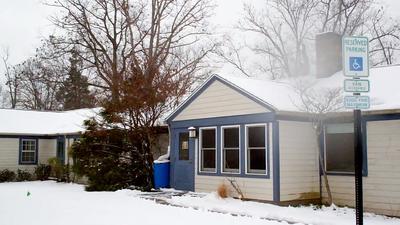

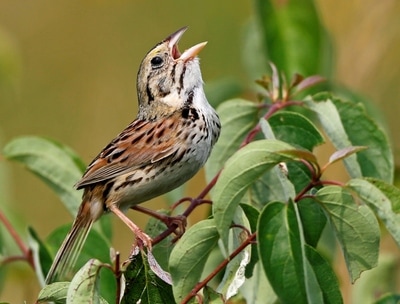
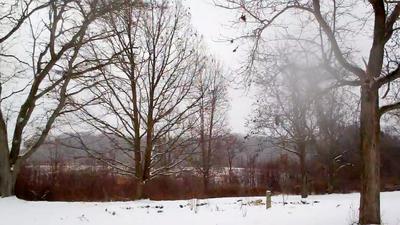
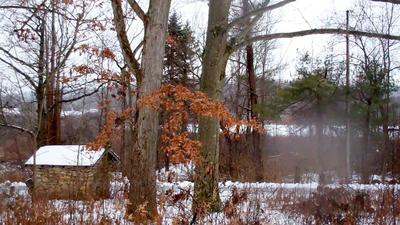
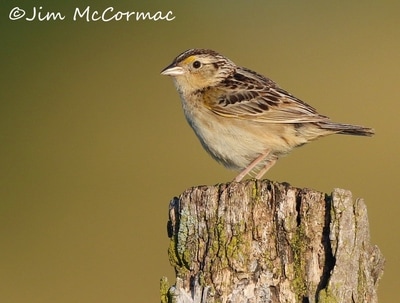

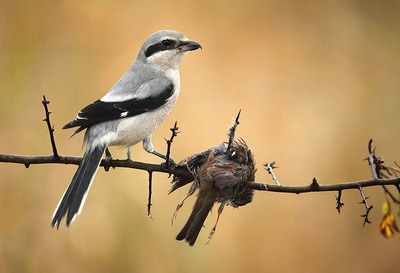

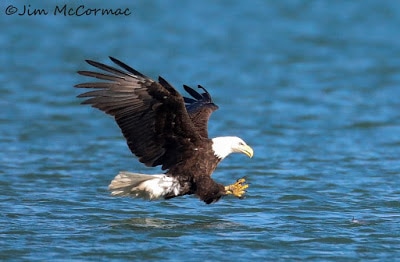
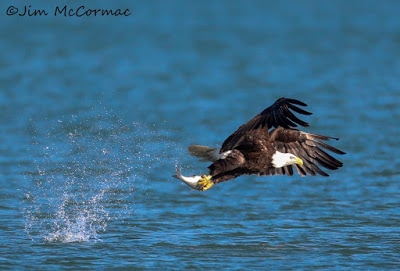
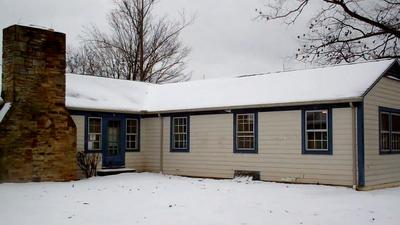
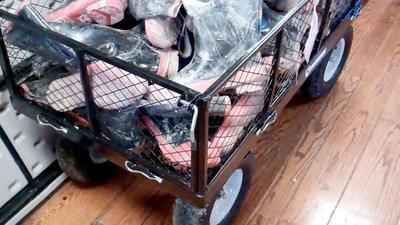
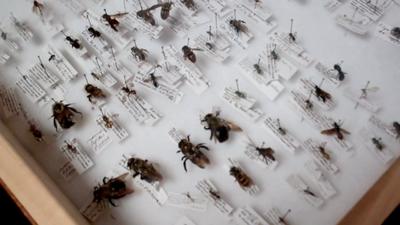


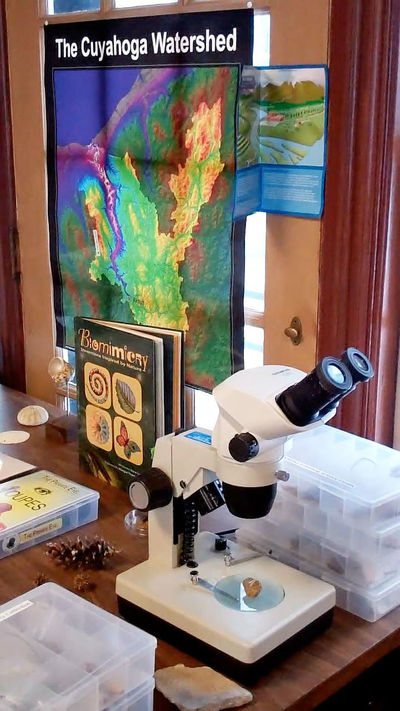
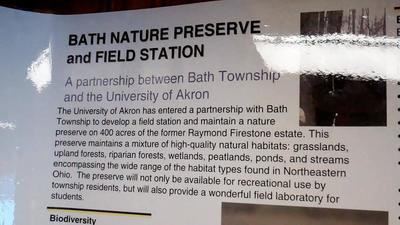


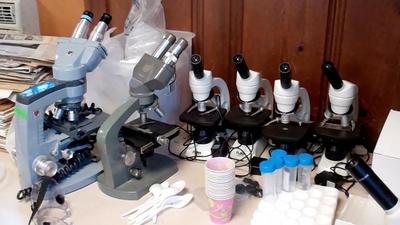
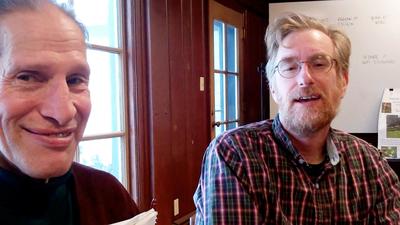

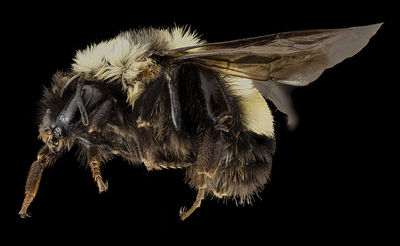
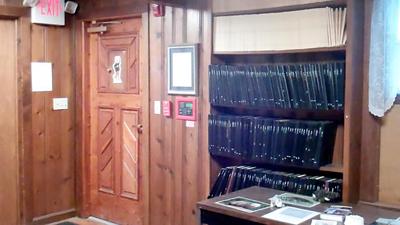
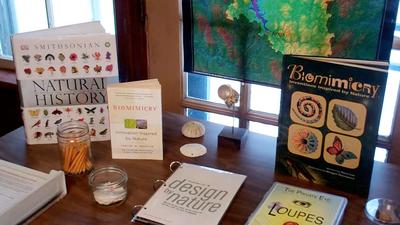
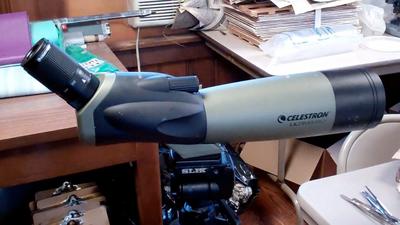
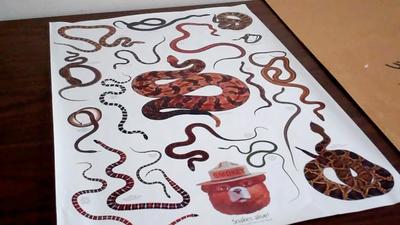
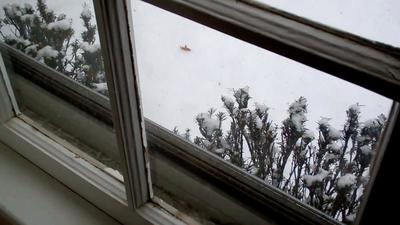

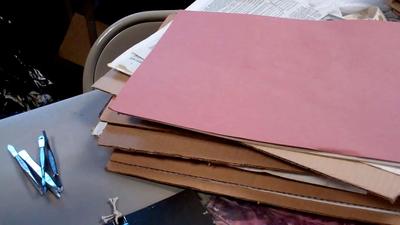
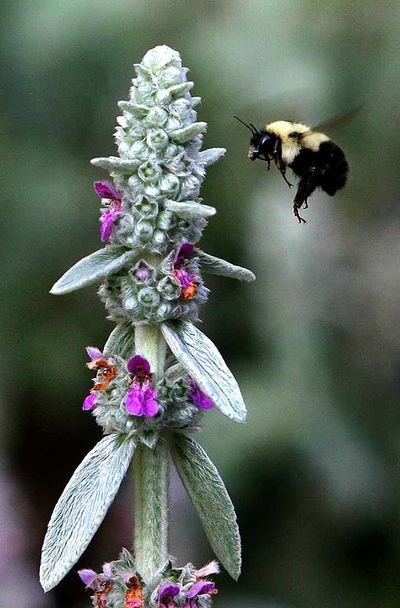
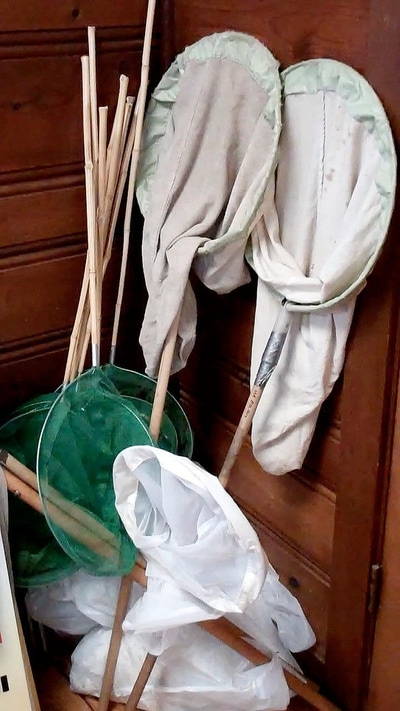

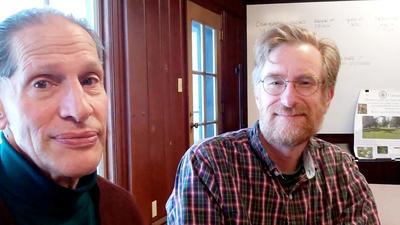






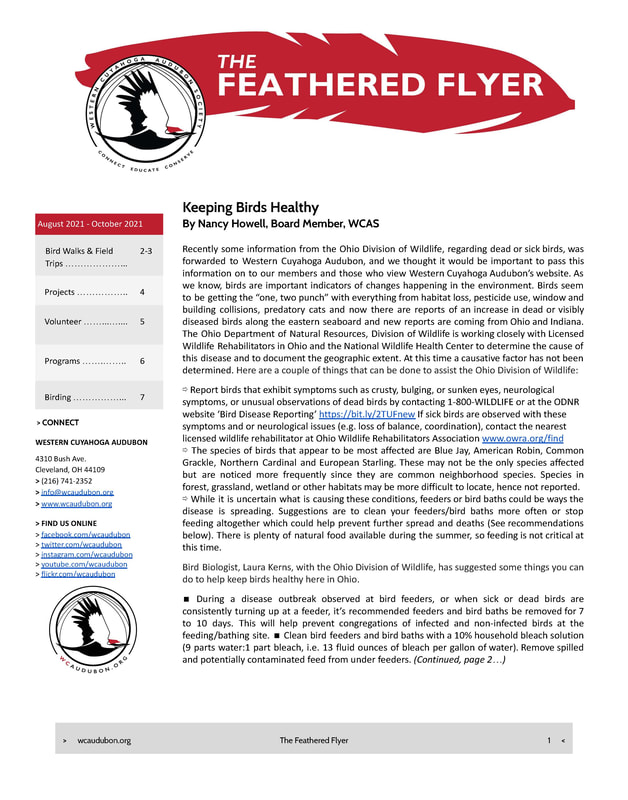
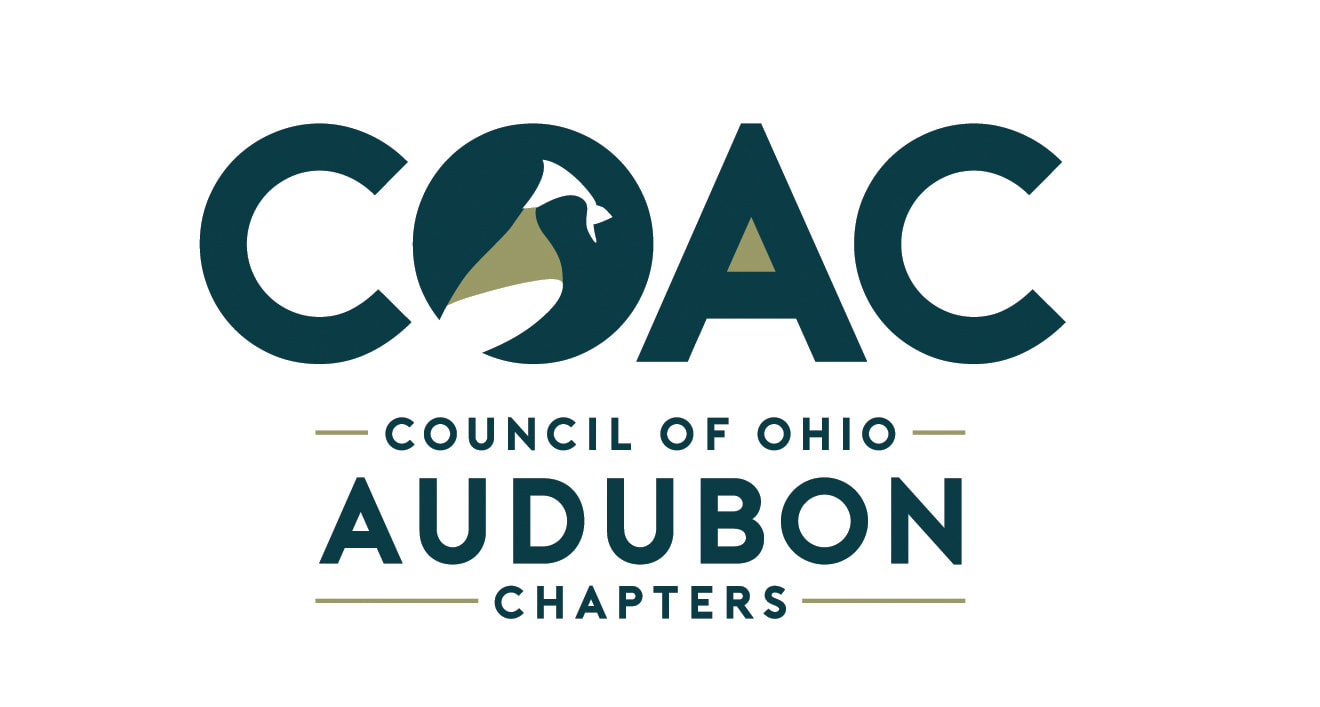
 RSS Feed
RSS Feed

